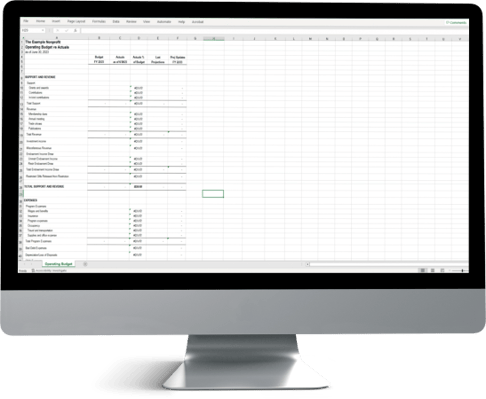The numbers on your nonprofit’s financial statements tell a colorful story ― if you know what to look for.
Nonprofit CEOs, executive directors and board members who have a solid understanding of financial statements typically make better decisions for their organization.
When you don’t have a financial background, it can be difficult to know where to focus your attention when you review financial data. Let’s break things down.
What Story Do Your Financial Statements Tell?
Your financial statements reveal your organization’s strengths, areas for improvement, potential red flags for donors and so much more. Financial statements answer the following questions for your stakeholders:
-
Are you financially secure?
-
How is your endowment performing?
-
What are your organization’s financial trends?
-
What do you own versus owe?
-
What can banks loan against?
-
How are your funds spent?
-
What have your spent?
-
What does the current year look like compared to last year?
What Do Financial Statements Help You With?
Financial statements are much more than documents full of numbers. They are a critical tool for budgeting, cash management, fundraising and long-term strategic planning. They help you spot trends in sources of income and financial performance. You should also use your financial statements to monitor changes in net assets to assess your nonprofit’s financial health from year to year.
In this video, I teamed up with my colleague, Kevin Connelly, CPA, to explain how to:
-
Spot your organization’s financial strengths and areas for improvement
-
Identify trends in sources of income and financial performance
-
Monitor changes in net assets to assess your organization’s financial health
-
Use financial statements for benchmarking, financial metrics and budgeting
- Understand what donors see when they review your financial statements
Need Help?
Contact us here or call 800.899.4623.


